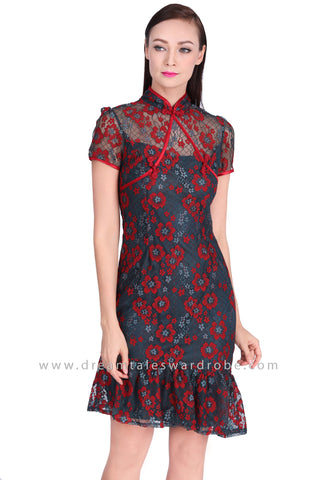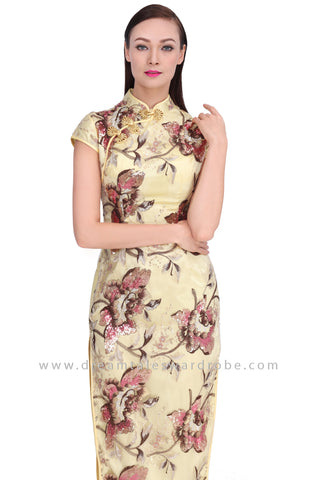The History of Cheongsam (Qipao) Dress
The Cheongsam (Qipao) dates to the 17th century Manchu ruled China
The Cheongsam (Cantonese) or Qipao (Mandarin) translates to “banner gown” which represented a one-piece panel style dress that originated in China during the 17th century Manchu rule. At the time, the Manchu ruler Nurhachi (1559–1626) introduced a banner system as a structural framework for Manchu society where each banner represented a distinct group of people (ethnic clan related by marriage, blood or location).
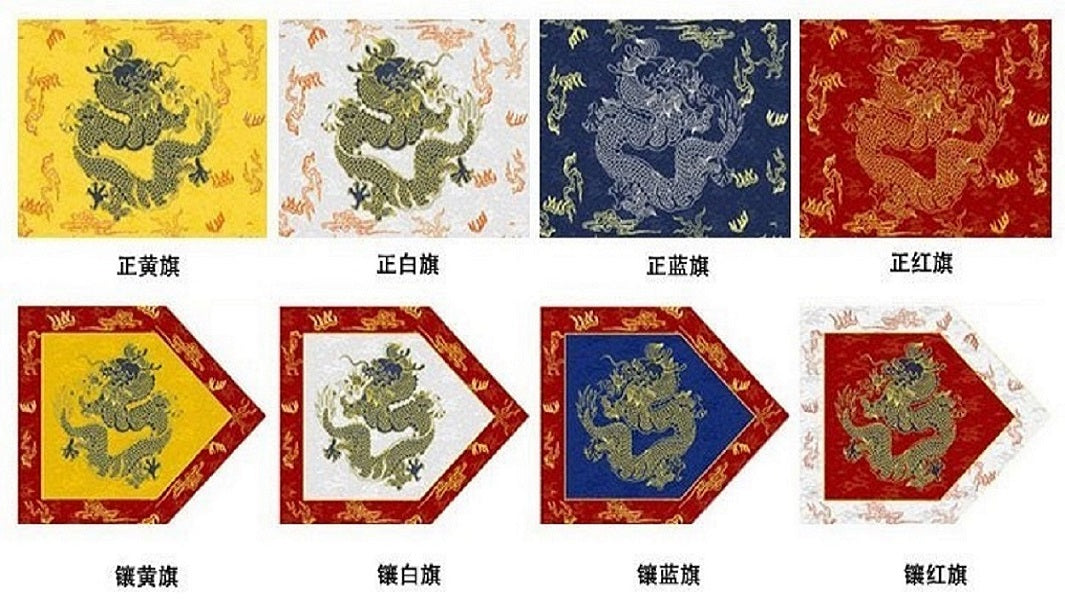
Figure 1 - Eight distinct banners used in 17th Century Manchu-ruled China.
The Banner system originally consisted of four banners represented by the colors yellow, white, blue and red. Later, the number of banners was increased to eight where the remaining four banners were represented by a solid color and border pattern (see fig. 1).
The banner system dress code was also extended to all Han Chinese men where they had to wear a male version of the qipao called chángpáo (長袍). The Changpao looked like a robe or long jacket, it was loose fitting and was mandatory wear for men in certain positions.
Early 17th century Cheongsam dresses were loose fitting, baggy dresses that covered most of a women’s body allowing only the head, hands and feet to be uncovered.
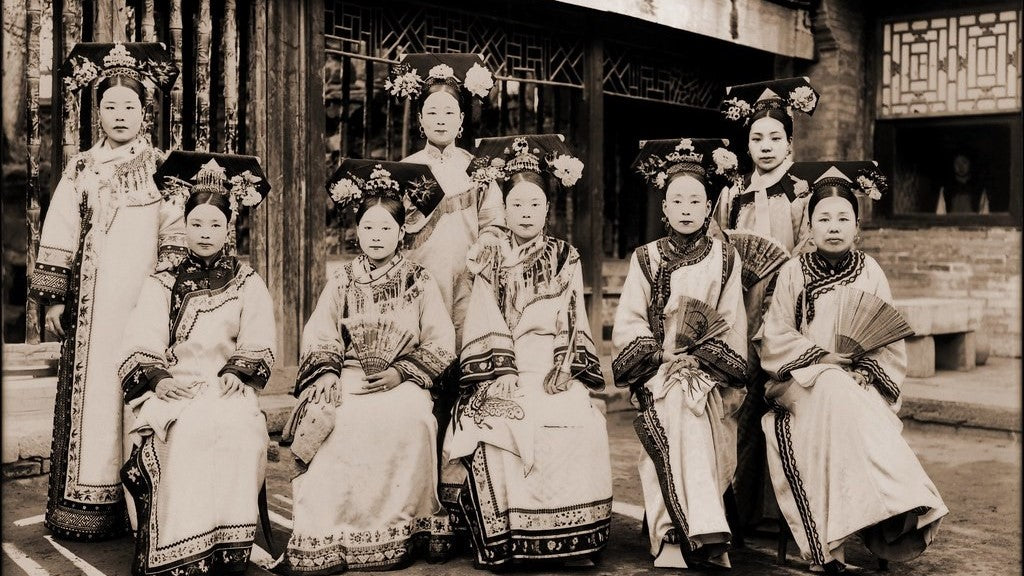
Figure 2 - Early Cheongsam were long and baggy where each group of people (clan) had its distinct color and pattern.
Modern Cheongsam (1920’s Shanghai)
The 1920’s Cheongsam represented the emergence of the Modern Chinese woman

Figure 3 – Chinese women celebrated a new era with Cheongsams.
During the 1920’s, the Cheongsam became popular among Chinese celebrities and upper class. The popularity of the Cheongsam was attributed to the changing times, which included the liberation of Chinese women from their traditional past.
The Cheongsam dress became more expressive and empowering by showcasing a women’s natural beauty by accentuating a women’s natural curves. It was a modern symbol of a women’s newfound freedom.
Shanghai became known as the hub of Cheongsam fashion and design during the 1920s. The Cheongsam of the 1920’s was designed to complement a women’s figure but was not as tight fitting as modern Cheongsam dresses of today. The dresses were made of silk, had long, wide sleeves and was decorated with embroidered florals.
The popularity of the cheongsam grew to the extent that in 1929, the Cheongsam was declared the official national dress of the Republic of China.
Cheongsam & Western Influence (1950’s Hong Kong)
The Cheongsam was introduced to the world during the 1950’s
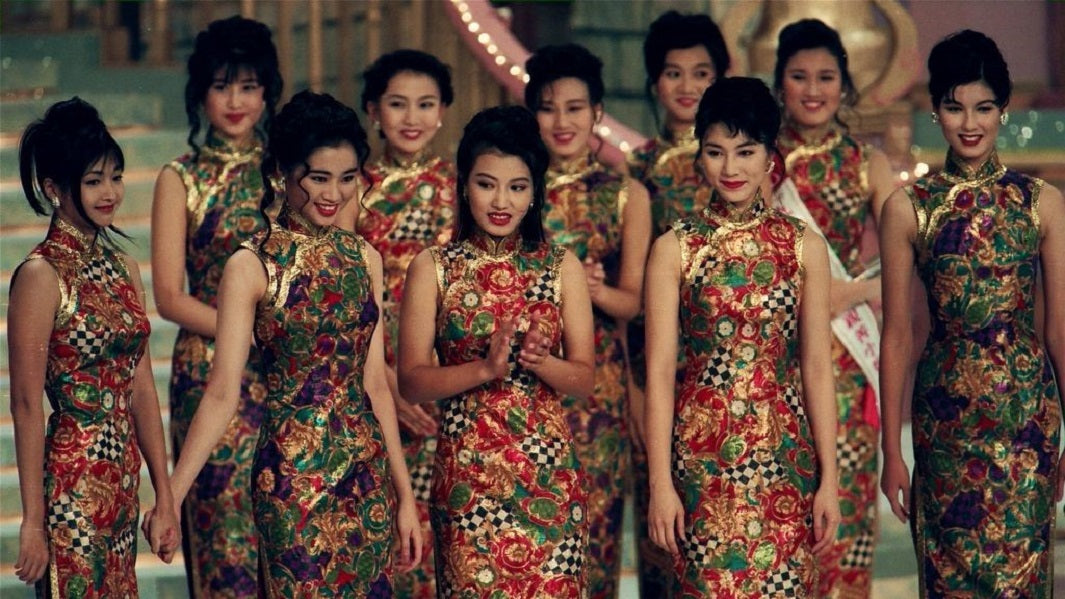
Figure 4 - Finalists in the 1994 Miss Hong Kong pageant.
The Cheongsam became so popular in Hong Kong during the 1950’s that the dress became everyday wear. Hong Kong Cheongsam designs became more westernized and sensual, the dress also started to feature side slits showcasing a women’s thighs.
1950’s Cheongsam fashion trends often paired a Cheongsam dress with high heels, a leather clutch bag and a jacket. Designers also began to experiment with the dress’s fastenings, piping’s and collars, the dresses sleeves came in many variations such as short-capped, long sleeves and fur-lined cuffs.
The Cheongsam dress became so popular during the 1950’s that the dresses where worn in Hong Kong beauty pageants. The Cheongsam dress gained international notoriety through Hong Kong beauty pageants and popular movies such as “The World of Suzie Wong” (1961) and “The Flower Street” (1950).
Unfortunately, the Cheongsam’s popularity began to decline in the late 1960’s and early 1970’s. Many Hong Kong designers began to westernize their designs due to the declining popularity.
Modern Cheongsam Dresses
The Evolution of Cheongsam designs and dresses
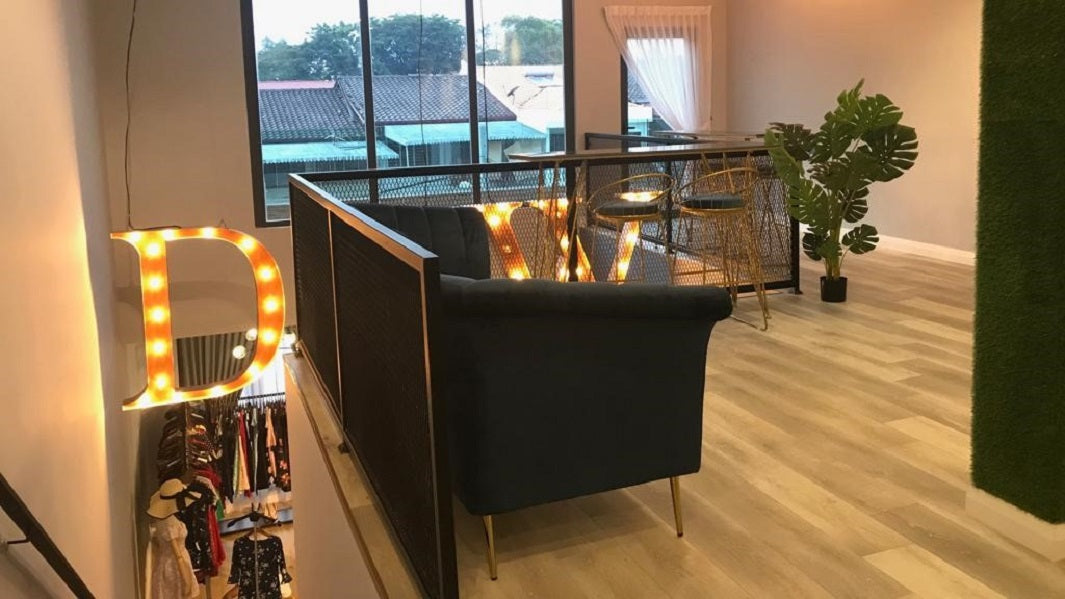
Figure 5 - Dream Tales Wardrobe is advancing the legacy of Cheongsam dress fashions.
The Cheongsam has played an influential role in modern dress design and has inspired international brands such as Shanghai Tang, NE Tiger, Guo Pei, and Laurence Xu. The resurgence of China as a superpower has also played a role in modern Cheongsam, as people throughout the world are becoming ever more interested in Chinese design and culture.
Dream Tales Wardrobe has many different styles of modern Cheongsam inspired dresses that can be used for many different occasions and settings. Interested in modern Cheongsam inspired dresses? Visit our online Cheongsam showroom or schedule a private showing party at our Kuala Lumpur based gallery.
Our Latest Cheongsam Fashion Dresses
Come visit our online showroom of modern, fashionable Cheongsam dresses.




